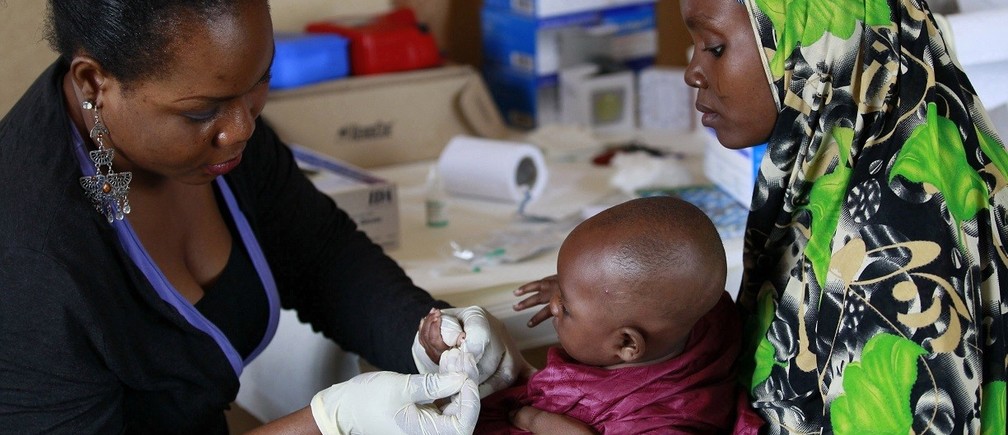As the world’s population ages, the number of people suffering from chronic diseases increases and medical technologies becomes more sophisticated, the cost of delivering healthcare rises. With ever-stretched budgets, governments of developing nations are increasingly looking to Public-Private Partnerships (PPPs) to assist in delivering accessible, affordable and efficient healthcare.
According to Jean-Pierre Labuschagne, African Infrastructure and Capital Projects Leader at Deloitte, Kenya, “Africa is experiencing a rise in Public-Private Partnerships (PPPs), which governments are utilising as a means of gathering investment and expertise from the private sector to enhance the capabilities of healthcare systems.”
He adds that PPPs have become a mechanism that governments regularly turn to in order to fulfil their responsibilities on public infrastructure and services. “This trend is likely to continue following the rising healthcare costs and the need for quality service improvement.”
Labuschagne, who will Chair the Africa Health Leaders Forum taking place on the 31 May in Johannesburg, says that the conference will focus on the imperatives for leaders in harnessing PPPs in healthcare, with specific attention given to, transforming PPPs for health in Africa; redefining the government’s role in PPPs; how the government can engage better with the private sector for a PPP to be successful; and, looking into best practices for PPPs in the health space.
A draft discussion paper entitled, ‘A preliminary reflection on the best practice in PPP healthcare sector,’ between the United Nations Economic Commission for Europe (UNECE), the World Health Organisation (WHO) and the Asian Development Bank (ADB), explains that hospital-based PPPs meet various needs depending on what they are contracted to do, from facility management to specialized clinical services.
The discussion paper explains that PPPs, “are based on generally but not exclusively long- term contracts and project finance where the private sector takes over the running of certain functions that had previously been reserved for the public sector.” PPPs utilise the strengths of both public and private sectors to tackle challenges they otherwise could not approach on their own.
Labuschagne adds that PPPs are a holistic approach to a project and that the process in developing a PPP starts from a detailed feasibility study, which essentially defines the need that the project is supposed to address and the best way or solution to address that need.
This is followed by both legal and technical due diligence and an in-depth financial review to understand the costs both to build the asset or facility and to run the facility over an agreed period.
“What is also important to remember is that while the private sector will fund the deal, the revenues and ultimately the payment for the services received needs to be well understood,” he adds.
Labuschagne explains that there are two main payment streams; the government or the end-user (these can also be blended) so ensuring that the service purchased is acceptable and reasonable is a determinant of the success of a PPP.
“After a strict procurement process, one of the most important phases then takes place, which is the monitoring of the service levels against pre-agreed performance standards,” he points out. “The monitoring helps to ensure what might have originally been a service provided by the public sector but now provided by the private sector through a PPP is meeting the right service levels and the value for money that was originally conceptualized.”
“The actual nature of the final PPP being provided is a mixture of a country’s need and what is possible or within the constraints of legislation, market and government’s appetite in terms of how far the service provider should extend. For example, in some countries a ‘typical’ hospital PPP might exclude the clinical services being provided by the private sector whereas in another country that is one of the key drivers underlying the whole project”, he says.
In South Africa, PPPs provide an opportunity to address the critical infrastructure needs in health care. The Chris Hani Baragwanath Hospital Project is a PPP with the aim of improving service delivery by using Baragwanath Hospital as a referral centre which provides mainly level three and some level two services.
In an article published in the Mail & Guardian, Liesel Lombaard, Chief Director of the Public-Private Partnership Unit of the Gauteng Treasury, writes, “At the same time, the project will capacitate, build and revitalise satellite district hospitals to handle the high volume of level one and some level two medical services. The project will contribute to primary health care being more readily available where it is needed.”
Lombaard says in the article, “It will also result in an improvement in the quality and standard of the higher-level medical care that is already provided by Baragwanath Hospital and will ensure greater cost-effectiveness in the health care delivery system.”
Labuschagne adds that PPPs can be valuable in helping government realise their objectives in health through, for example providing finance; human resources; infrastructure; governance; legal and other expertise.
According to the Marketing Director, Ali El-Khidir, the impressive line-up of speakers for the Africa Health Leaders Forum includes Ministers and Deputy Ministers of Health from Zimbabwe, Nigeria, Lesotho, Botswana, Ghana, Namibia, Uganda, Zambia and South Africa, as well as experts from such eminent organisations as the World Bank and the South African Treasury.

